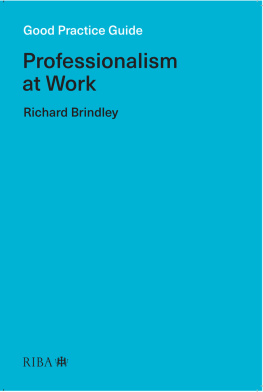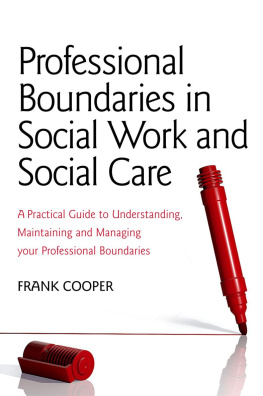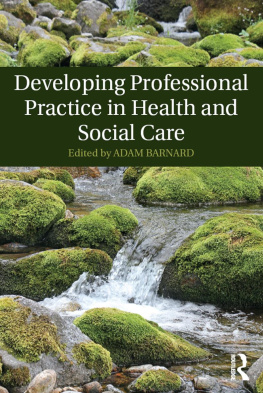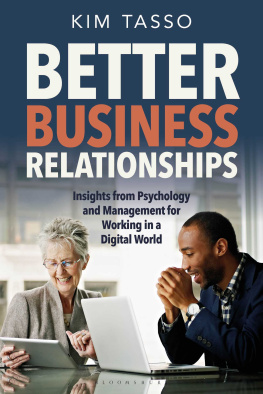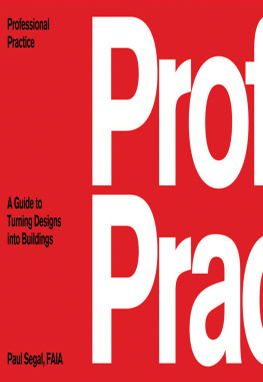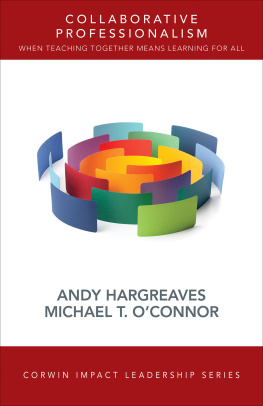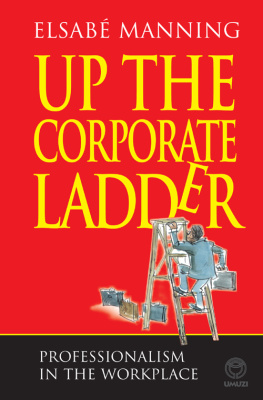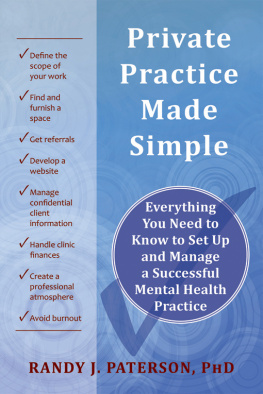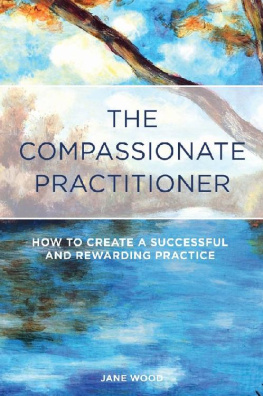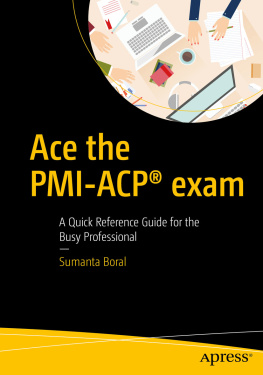
Good Practice Guide
Professionalism at Work
Richard Brindley

RIBA Publishing, 2022
Published by RIBA Publishing, 66 Portland Place, London, W1B1AD
ISBN 978 1 85946 958 3
The rights of Richard Brindley to be identified as the Author of this Work have been asserted in accordance with the Copyright, Designs and Patents Act 1988 sections 77 and 78.
All rights reserved. No part of this publication may be reproduced, stored in a retrieval system, or transmitted, in any form or by any means, electronic, mechanical, photocopying, recording or otherwise, without prior permission of the copyright owner.
British Library Cataloguing-in-Publication Data A catalogue record for this book is available from the British Library.
Commissioning Editor: Alex White Assistant Editor: Clare Holloway Production: Richard Blackburn Cover design by Design by S-T Ltd Designed by Studio Kalinka Typeset by Academic + Technical, Bristol Printed and bound by Page Bros, Norwich
Image credits Figure 1.1 RIBA Collections; Figure 1.2 Bill Davis / RIBA Collections. Figure 6.5 CQ Model is property of the Cultural Intelligence Center; Figure 6.6 Marsha Ramroop 2018; Figure 9.1 Architects Registration Board; Figure 9.3 Carys Rowlands.
While every effort has been made to check the accuracy and quality of the information given in this publication, neither the Author nor the Publisher accept any responsibility for the subsequent use of this information, for any errors or omissions that it may contain, or for any misunderstandings arising from it.
www.ribapublishing.com
DOI: 10.4324/9781003231462
Contents
Guide
Dedication
I would like to dedicate this book to Owen Luder CBE PPRIBA (1928-2021), whose book Good Practice Guide: Keeping out of Trouble (published by RIBA Publishing over multiple editions between 1991 and 2012) acted as an inspiration. His insightful and candid views on how to be a successful professional provided valuable guidance and inspiration for my, and many others', career as an architect. Owen based his guide on his experience as a leading practitioner in the successful Owen Luder Partnership from the 1960s to the 1990s and as President of the RIBA (twice), chair of the ARB and a prominent UK construction industry leader.
Richard Brindley
About the author
Richard Brindley is a chartered architect with many years' experience in small and large practices and was active in developing the profession while Director of Practice and then Executive Director of Professional Services at the RIBA from 2003 to 2015. Richard now runs an independent consultancy company, providing strategic management advice and project delivery support to professional membership and construction industry bodies, as well as being a university lecturer and course director for RIBA Part 3 courses.
Acknowledgments
This guide is a product of all the experience and knowledge I have had the great fortune to gain during my professional career as a practising architect, executive at the RIBA and consultant across the UK and international construction sector. I am grateful to all my bosses, clients, work colleagues, co-professionals and friends and family who have guided and inspired me throughout my career. I would like to particularly thank the following wonderful people who have helped me write this guide for you:
- Jane Duncan OBE, PPRIBA, Jane Duncan Architects Ltd
- Simon Foxell RIBA, The Architects Practice
- Peter Godfrey, RIBA Insurance Agency
- Tzena James RIBA, RIBA Standards Committee
- Owen Luder CBE, PPRIBA, author of Keeping Out of Trouble
- Andy Munro, former COO of the RIBA
- Nigel Ostime RIBA, Hawkins Brown Architects and chair of RIBA Client Liaison Group
- Carys Rowlands, Head of Professional Standards, RIBA
- Linda Stevens, Head of Client Services, RIBA
- Alex White, commissioning editor at RIBA Publishing,
Introduction
Doing the right thing, not just doing things right
This book is different. Unlike most other RIBA Good Practice Guides and professional manuals, which focus on 'doing things right', this guide is all about 'doing the right thing'. Instead of simply presenting textbook theories and rules about professional practice, this guide aims to be a personal guide on how to be a successful practitioner while maintaining your professional integrity and ethical values, enabling you to avoid business difficulties as you strive to create great architecture.
'Doing the right thing' is the very essence of professionalism. It is all about having an informed ethical and strategic approach to your work, in the interest of the greater good and for the wider public benefit. This is far more than just 'doing things right', which is mainly about following the recommended procedures and applying knowledge correctly. 'Professionalism' is also integral to your approach to your work and your judgement, and requires you to have the skills, emotional intelligence and personal ethical values to uphold your professional integrity.
Professionalism is not difficult, nor is it expensive. But it is worth a lot to you, your practice, your clients and society. Conversely, not acting professionally can be costly - financially, environmentally, socially and reputationally - and can impede your career fulfilment and personal wellbeing. Professionalism is mostly common sense, but it is far more than just putting theory into practice.
I have based this guide on the wealth of experience I have gained over my career as a practising architect, and on the insights of the profession and construction industry I gained as the Director of Practice and Professional Services at the RIBA. I have also had the privilege of working for and leading small, medium and large architectural and multi-professional practices, in a variety of sectors, for a wide range of clients and projects, both in the UK and internationally. I now apply my professional skills and knowledge as a mentor, teacher, trustee and independent consultant to students, practices, professional bodies and charities across the construction industry.
This guide aims to share what I have learnt, often the hard way, about the great importance of professionalism and the personal integrity you need to enable a rewarding (in every sense of the word) career. It focuses on what, in my experience, are the areas where things can and do go wrong in professional practice and careers, sometimes with serious consequences. In each of the following chapters, I have highlighted and given practical tips on key professional issues, including on the business risks and ethical pressures they often raise, which are rarely dealt with in formal education or mentioned in other textbooks. Each topic is supported by personal insights from key people who have been actively engaged with developing and guiding our wonderful profession of architecture.
Each of the chapters in this guide has covered a key aspect of being an effective professional:
- Clients - taking good care of them and dealing with them successfully.
- Money - having a prosperous career and profitable practice.
- Law - understanding and complying with legal obligations and avoiding disputes.
- Projects - managing projects effectively and profitably.
- People - working well with people and getting the best from them.
Next page
